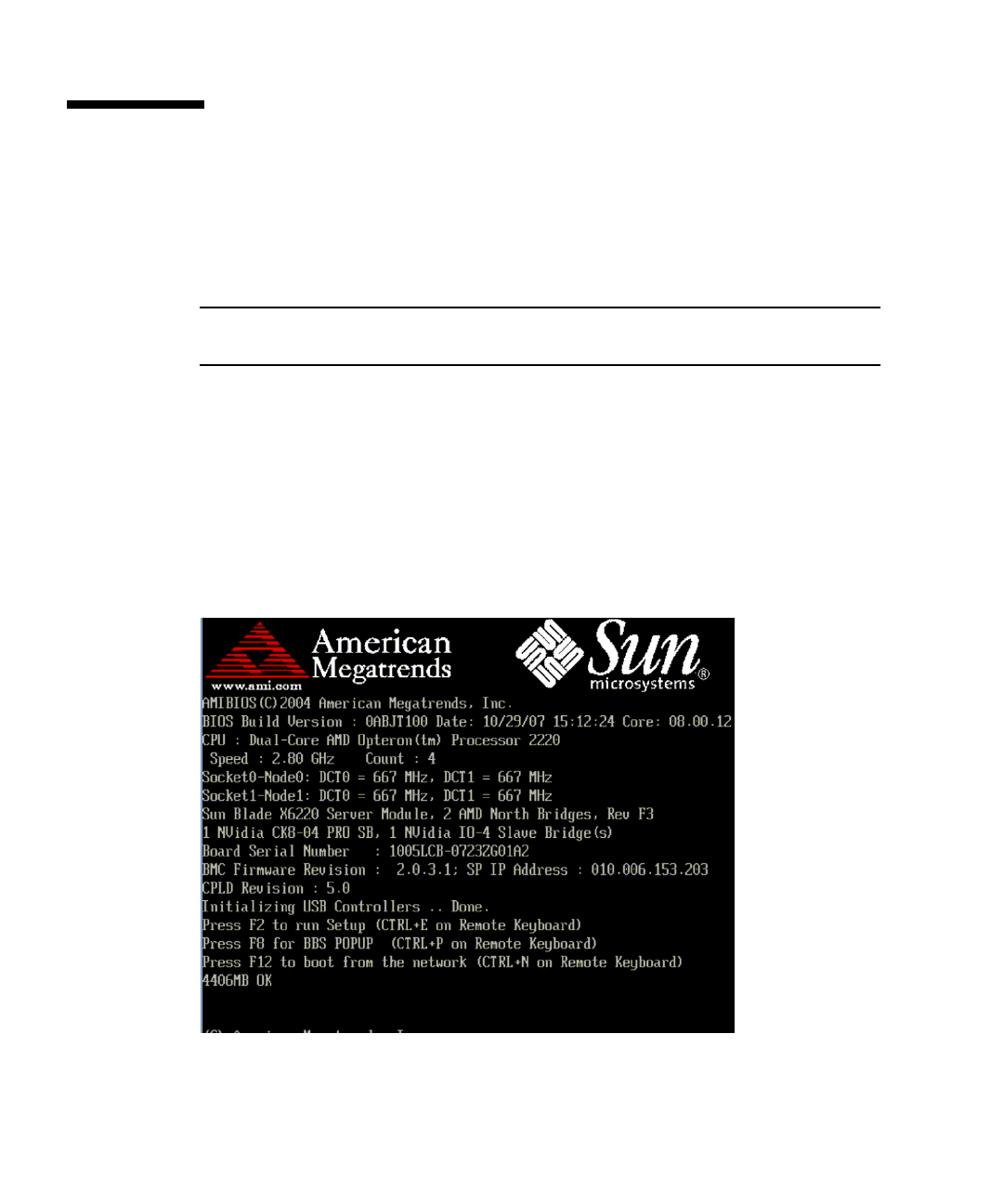Installation guide
Table Of Contents
- Sun StorageTek™ PCI Express SAS 8-Channel Internal HBA Installation Guide
- Contents
- Preface
- Introduction
- Preparing to Use the SAS HBA
- Installing and Connecting the SAS HBA
- SAS HBA Specifications
- Declaration of Conformity, Regulatory Compliance, and Safety Statements
- Safety Agency Compliance Statements
- Safety Precautions
- Conformité aux normes de sécurité
- Mesures de sécurité
- Symboles
- Modification du matériel
- Positionnement d’un produit Sun
- Niveau de pression acoustique
- Conformité SELV
- Connexion du cordon d’alimentation
- Mise en garde relative aux batteries
- Couvercle de l'unité
- Mise en garde relative au système en rack
- Avis de conformité des appareils laser
- Périphériques CD et DVD
- Einhaltung sicherheitsbehördlicher Vorschriften
- Normativas de seguridad
- Medidas de seguridad
- Símbolos
- Modificaciones en el equipo
- Colocación de un producto Sun
- Nivel de ruido
- Cumplimiento de la normativa para instalaciones SELV
- Conexión del cable de alimentación
- Advertencia sobre las baterías
- Cubierta de la unidad del sistema
- Advertencia sobre el sistema en bastidor
- Aviso de cumplimiento de la normativa para la utilización de láser
- Dispositivos de CD y DVD
- Nordic Lithium Battery Cautions
- Regulatory Compliance Statements
- FCC Class A Notice
- ICES-003 Class A Notice - Avis NMB-003, Classe A
- BSMI Class A Notice
- CCC Class A Notice
- GOST-R Certification Mark

4 Sun StorageTek PCI Express SAS 8-Channel Internal HBA Installation Guide • January 2009
Mirroring Your Boot Disk
If you want to mirror your boot disk, you should create the RAID volume before you
install your OS. There is an LSI RAID configuration utility you can use to do this. It
is entered from the server’s BIOS and can be used for any Linux, Solaris, or
Windows operating system.
Note – If you want to migrate your boot disk to a RAID volume you create after
installing the OS, you must save space at the end of the boot disk for this purpose.
▼ To Mirror Your Boot Disk
1. Power off your server and then power it back on. The BIOS screen appears.
Watch for the LSI Logic Corp. screen.
FIGURE 1-2 Opening Screen of a Typical Server BIOS
Watch for the LSI
Logic prompt to
press Ctrl-C.










